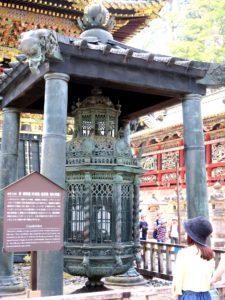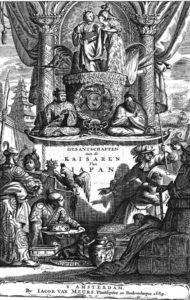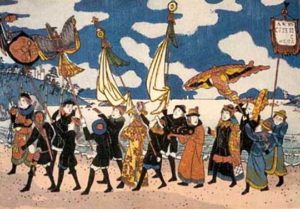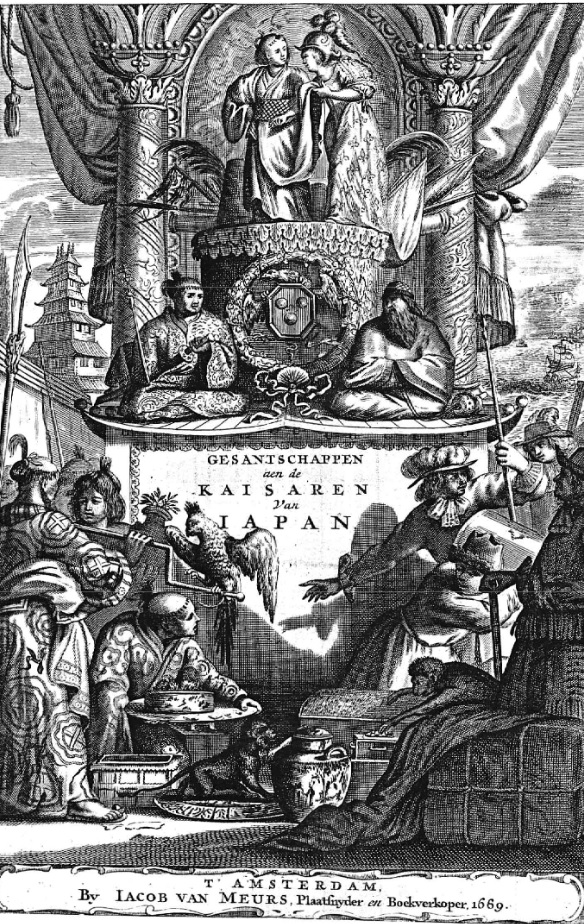This week, the crew of the Breskens is freed at last. Plus some final thoughts on Tokugawa diplomacy.
Sources
Hesselink, Reiner. Prisoners from Nambu: Reality and Make-Believe in 17th-Century Japanese Diplomacy.
Matsukata, Fuyuko. The Dutch and English East India Companies: Diplomacy, Trade, adn Violence in Early Modern Asia.
Images




Wikipedia says that wheeled vehicles were banned during the Edo Period. But that doesn’t make sense. What about ox carts? Was this a real thing? Were wheels really banned? How did these Dutchmen keep going back and forth without wheels?
I’ve been digging on this myself actually and found some contradictory answers. The best I can seem to put it together there was a ban put into place at the start of the Tokugawa shogunate (as a way to control movement of people and goods and thus limit possibilities for rebellion) but a) it doesn’t seem to have been total and b) like many other bans it was slowly relaxed and eventually defacto lifted by the end of the period. But that’s me trying to put a few different seemingly contradictory sources together.
Edit: Looking a bit further the idea of an outright ban is false. Looks like there were sumptuary laws banning certain social classes from wheeled transport. Engelbert Kaempfer describes seeing wheeled wagons in his time in Japan used by miners moving rocks, but Basil Hall Chamberlain describes wheels as being virtually unknown out in the countryside.
Thank you for your reply! So the caravan of Dutch prisoners trudging back and forth from Edo wasn’t all on foot and would have involved carts, not just palanquins? Or were they one of the people not allowed wheeled transport? Did Edo have paddy wagons?
I would assume they were allowed carts since in all other respects they were treated as low-ranking daimyo.
Thank You
Thank You